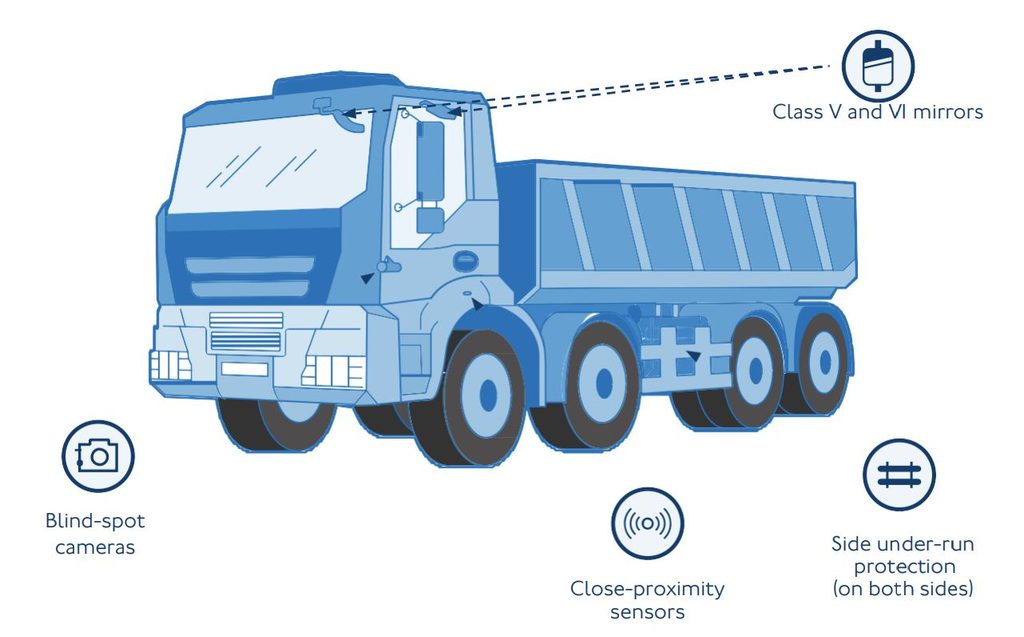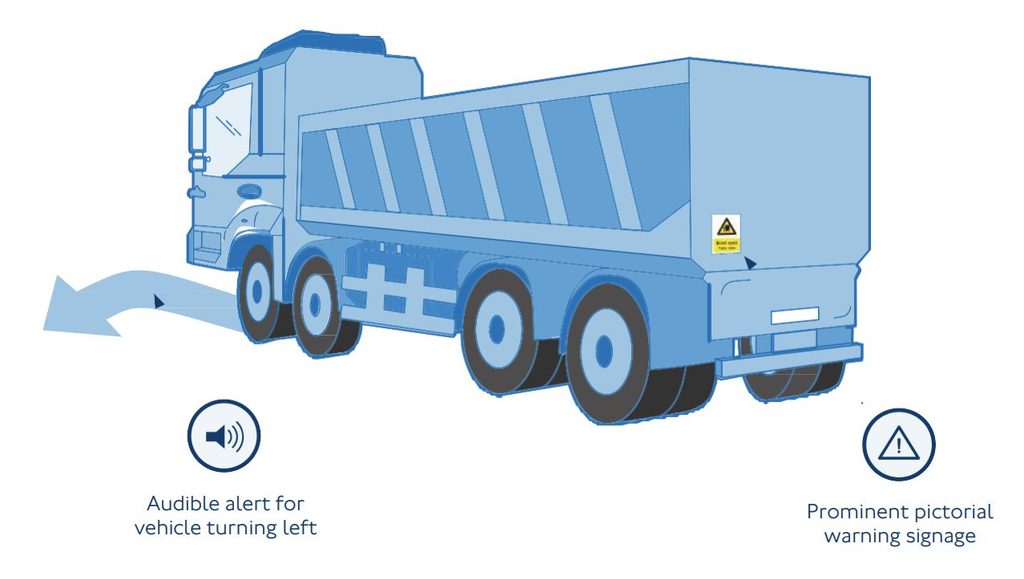The Direct Vision Standard (DVS): Everything You Need to Know
Direct Vision Standard (DVS) requirements in London are changing. To improve the safety of all road users, heavy goods vehicles over 12 tonnes will need to have a three-star rating or fit a Progressive Safe System to operate in Greater London, from 28 October 2024.

Are you ready for DVS 2024?
Derek Hart, our Senior Business Development Manager is here to talk you through all aspects of the Direct Vision Standard. Our AddSecure DVS video series is your one stop shop for all things DVS. Every week we will be releasing a new episode so stay tuned!
Watch the series!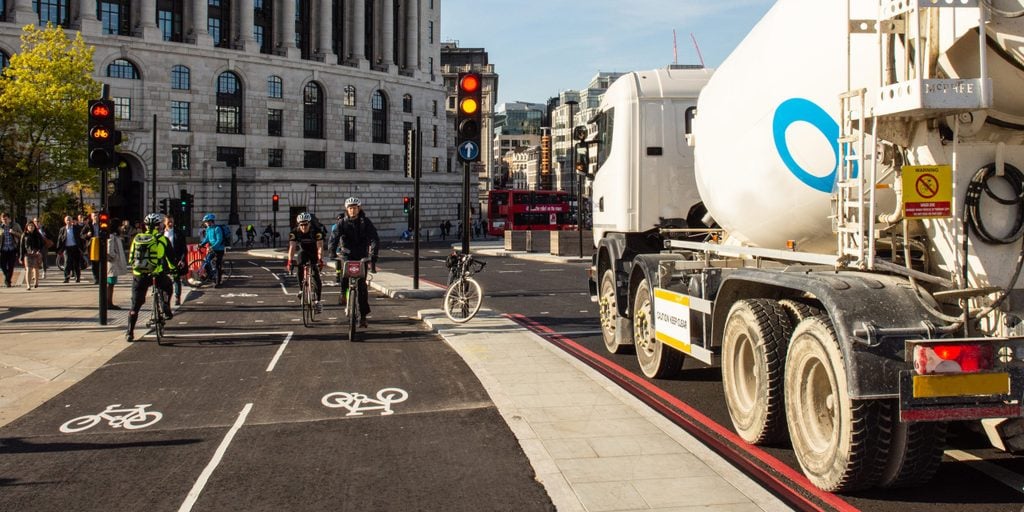
An Introduction to Vision Zero and the Direct Vision Standard
As part of the Mayor of London’s transport strategy, Sadiq Khan created ‘Vision Zero’ with the goal to eliminate all deaths and serious injuries, create safer streets and improve driver behaviour on London’s transport network by 2041. In order to reach this goal, the Direct Vision Standard (DVS) has been developed by TfL with the aim to reduce HGV related incidents involving pedestrians and cyclists due to poor visibility.
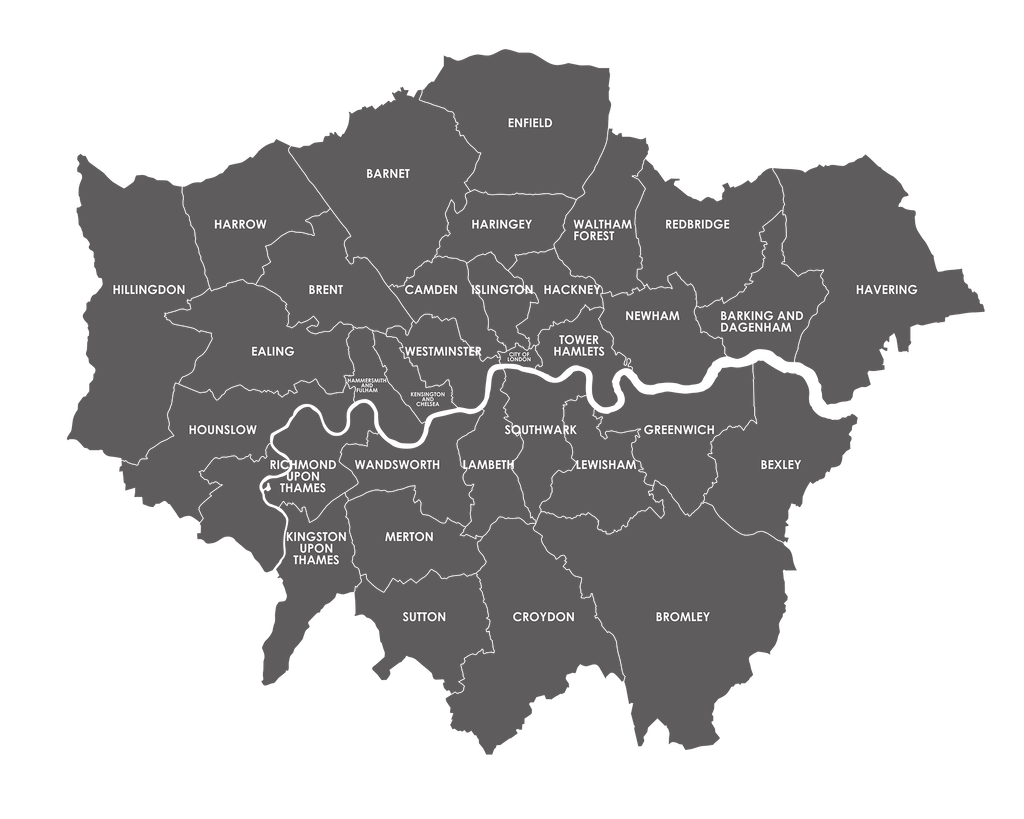
Who will be affected by the Direct Vision Standard?
The Direct Vision Standard will enforce that vehicles over 12 tonnes* must obtain a safety permit before entering and operating in most of Greater London. If you fail to obtain or breach your permit, you may be issued a Penalty Charge Notice (PCN) of £550. In order to obtain a safety permit and be compliant with the Direct Vision Standard, you must meet the minimum one-star DVS rating from 26 October 2020. This will increase to a minimum of three stars in October 2024. *Some vehicle types are not included
The Direct Vision Standard (DVS) is a rating system that measures how much a driver of a heavy goods vehicle (HGV) can see directly through their cab windows. The level of visibility is rated from zero to five stars, with zero representing the lowest level of visibility and five stars the highest. The DVS assessment takes into account factors like the size and shape of the vehicle, the position of the driver's cab, and the design of the mirrors and windows.
Check my vehicle's star rating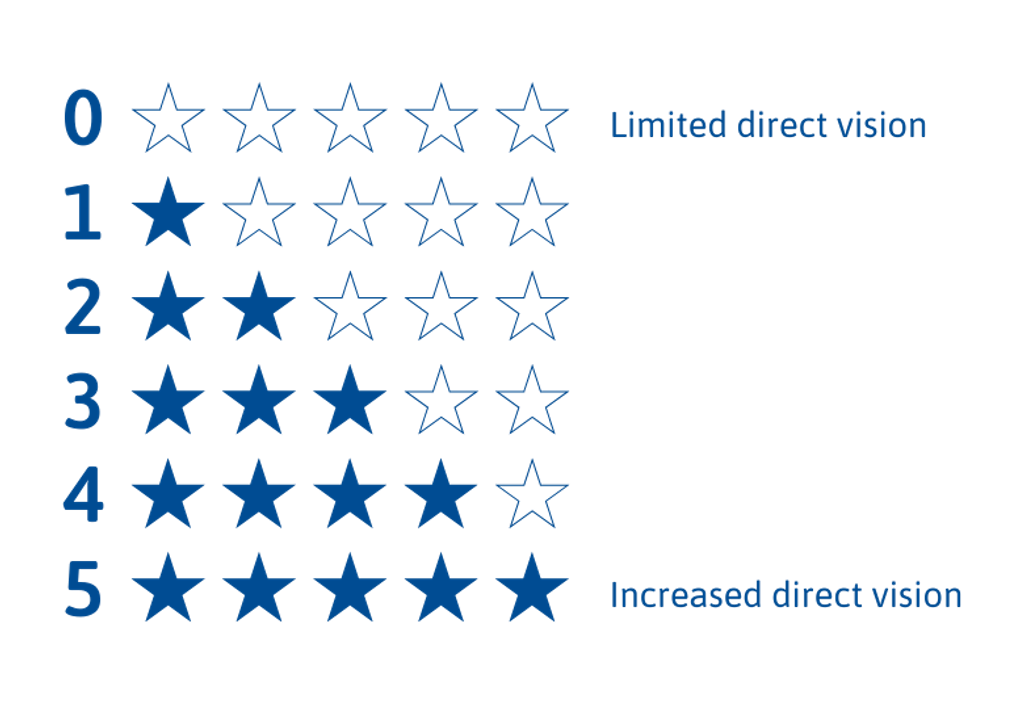
How does the DVS star rating work?
Vehicles are assessed by independent experts, and the star rating is based on how much the driver can see in the following areas:
-
The nearside blind spot - the area directly next to the cab where a pedestrian or cyclist could be hidden from the driver's view.
-
The front blind spot - the area directly in front of the vehicle where a pedestrian or cyclist could be hidden from the driver's view.
-
The rear blind spot - the area directly behind the vehicle where a pedestrian or cyclist could be hidden from the driver's view.
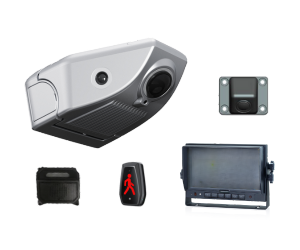
Until October 2024, vehicles with a zero-star rating, indicating poor direct vision, must fit a Safe System to apply for an HGV safety permit. From the 28th of October 2024, vehicles with a zero, one or two-star rating will be required to fit the new Progressive Safe System. However, fleets will be able to fit the new Progressive Safe System equipment and register for the new permit from June 2024. Vehicles with a three-star rating or higher will not be required to fit additional safety enhancements from the 28th of October 2024.
See new PSS kitWhat are the Direct Vision Standard (DVS) requirements?
Until the 28th of October, if you vehicle is rated zero stars, you will need to fit the below Safe System equipment in order to apply for a HGV permit:
If vehicle operators choose to do so, they can now install the new Progressive Safe System ahead of the updated safety requirements being mandated from the 28th of October 2024. (TfL have outlined a three-month grace period for operators to comply with the new requirements.)
Find out more
What is the Progressive Safe System?
Evidence from the first year of enforcement of the Direct Vision Standard has shown a marked reduction in collisions where vision was a contributing factor. However, to achieve the Mayor of London’s goal of eliminating all deaths and serious injuries from London’s streets by 2041, improvements must still be made. To further improve road safety, TfL are introducing the Progressive Safe System, which will be mandated from the 28th of October 2024. This is an enhancement to the current Safe System and sees the introduction of new and updated safety equipment, as listed below:
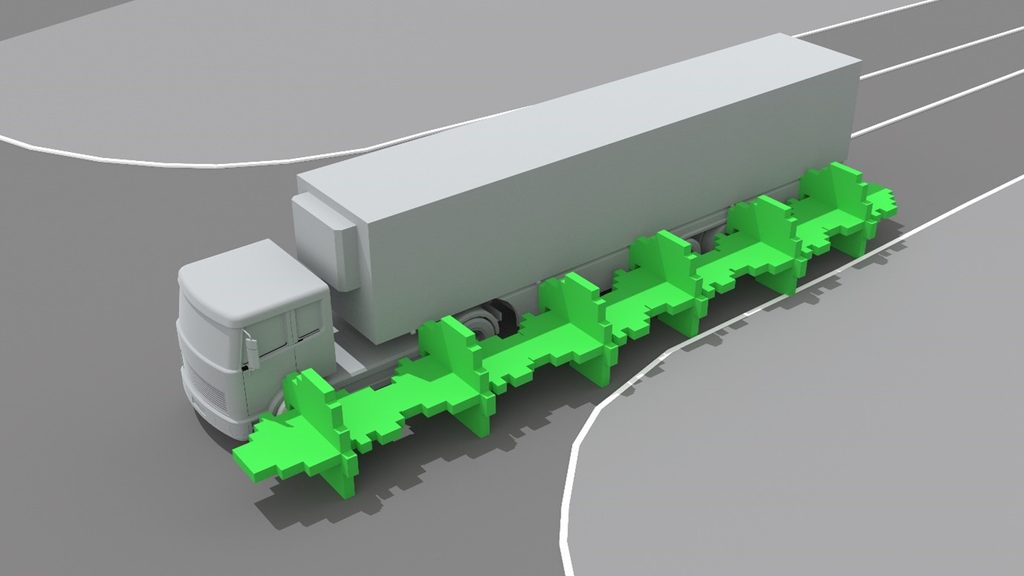
To improve indirect vision, and help drivers see near the vehicle:
-
Camera Monitoring Systems (CMS) guidance will be updated to allow use of both systems. This will give the driver a wider field of vision and reduce the cognitive workload.
-
CMS fitted on vehicles must eliminate any remaining blind spots. This provides a visual alert of an approaching vulnerable road user and prevents collisions in the blind spot area.
-
Sensors must ensure full coverage down the nearside of rigid vehicles to detect vulnerable road users. They must not activate in relation to roadside furniture or stationary vehicles. This aims to prevent left turn collisions. For articulated trailers, sensors must be fitted to the front tractor unit but are recommended for the trailer where possible.
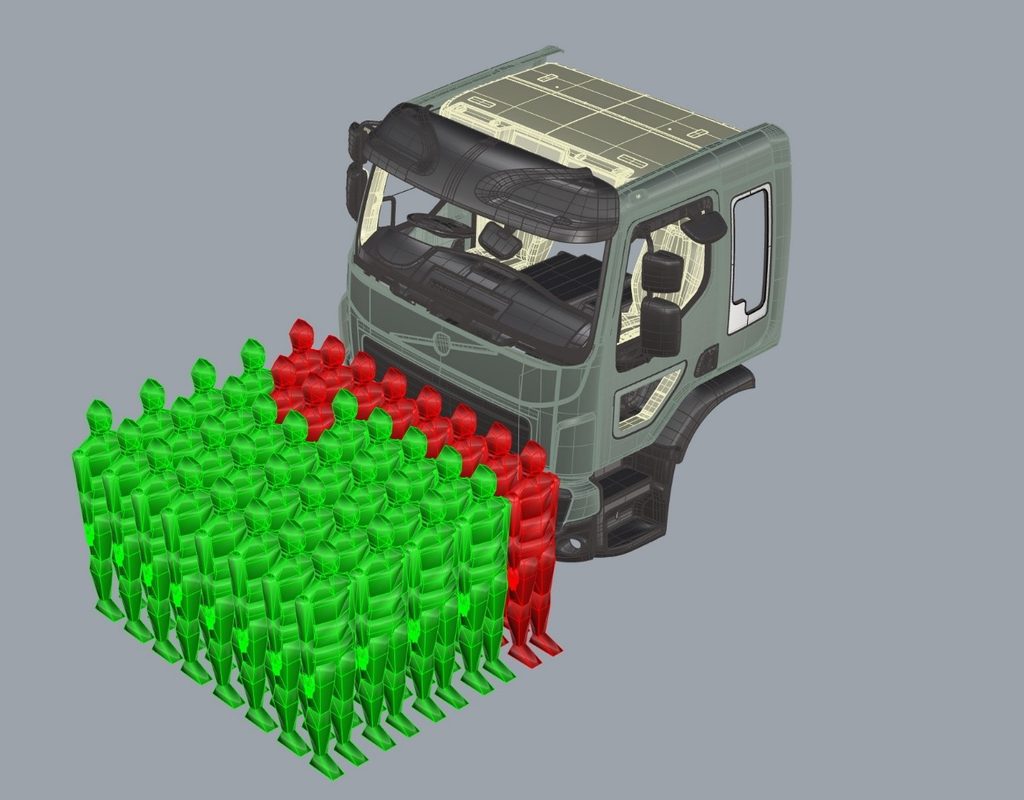
To warn vulnerable road users of intended manoeuvres and minimise the physical impact of hazard:
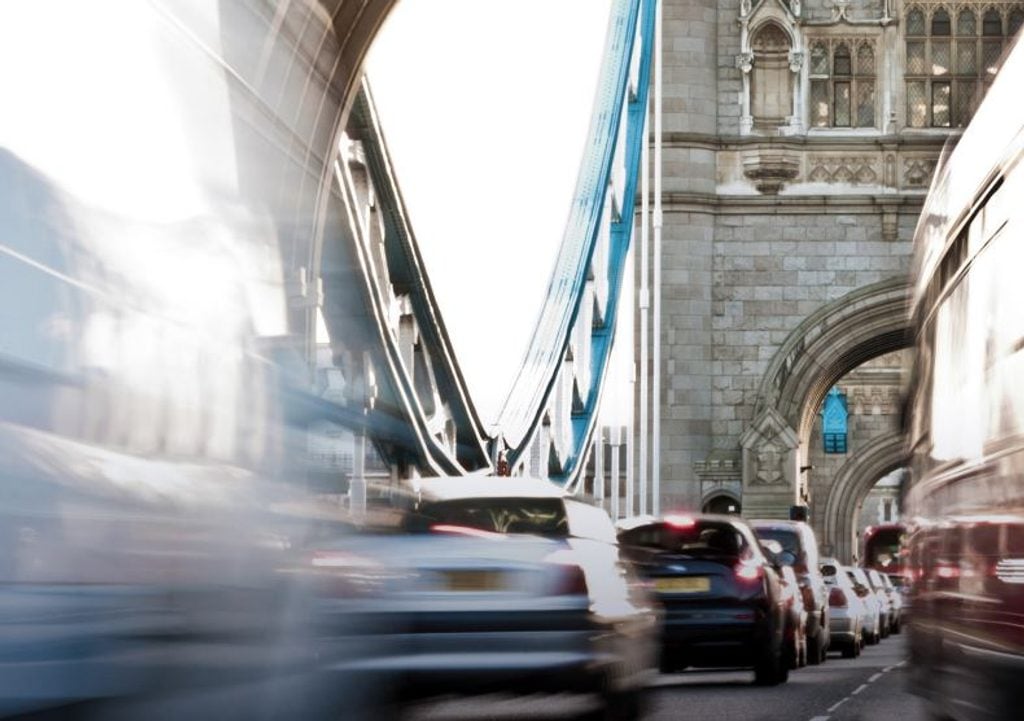
Do I need to reapply for the permit for the Progressive Safe System from October 2024?
Zero-star rated vehicles with an approved Safe System, and one and two-star rated vehicles will be granted a permit until the 28th of October 2024, at which point it will expire. From October the 28th, 2024, zero to two-star rated vehicles will need to fit the new Progressive Safe System by an accredited installer to apply or reapply for a permit and avoid a PCN. The pre-registration period for HGV safety permits will be open in June 2024.
What are the differences between the Safe System and the Progressive Safe System?
| Safe System | Progressive Safe System | |
Camera Monitoring Systems |
CMS should aim to eliminate the remaining vehicle blind spot at the near side. | CMS must eliminate the remaining vehicle blind spot at the near side. |
Moving Off Information Systems |
Recommended additional front sensors with coverage as defined by the UNECE Regulation 46 Class VI mirror coverage zone. | All vehicles must have a front sensor system that activates on a proximity information signal detecting pedestrians or cyclists in the vehicle’s frontal blind spot area. This sensor system must have a detection range of up to 2 metres, be reactive and not provide false alarms. It must also provide an additional signal when a collision becomes imminent. |
Rigid Vehicle Sensors |
Sensors should ensure full coverage down the nearside of the vehicle. They should not activate in relation to roadside furniture or stationary vehicles. | Sensors must ensure full coverage down the nearside of the vehicle with a range of two metres. They must not activate in relation to roadside furniture or stationary vehicles. |
Articulated Vehicles and Semi-Trailer Sensors |
Sensors should ensure full coverage of the nearside of the tractor unit. Semi-trailer sensors should be positioned to provide sufficient coverage but prevent activation solely on the articulation of the trailer. | Sensors must ensure full coverage of the nearside of the tractor unit and semi-trailer. They must be suitably positioned to provide sufficient coverage but prevent activation solely on the trailer’s articulation. Sensors must have a range of two metres of lateral coverage. |
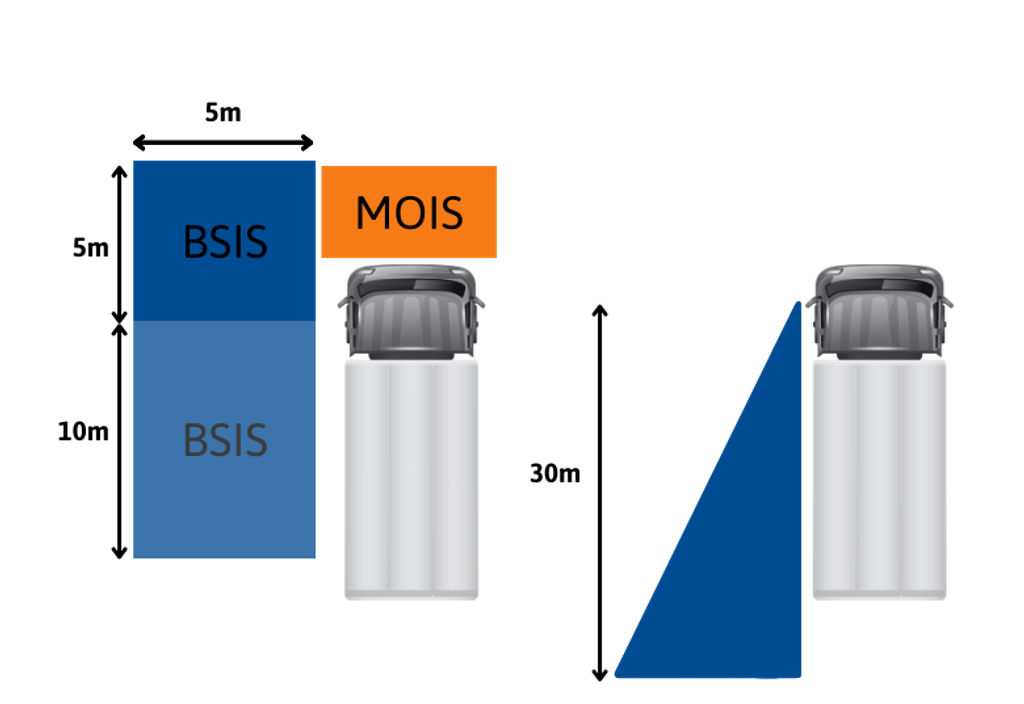
The Progressive Safe System requirements
The new Progressive Safe System will need to include AI-based camera systems that cover both frontal and near-side blind spots of the vehicle and can identify the difference between vulnerable road users and roadside furniture/stationary vehicles. This camera equipment must provide a visual and audible alert to the driver inside the cab if a vulnerable road user is detected in their blind spots, and a monitor must also be fitted as added vision. An audible alert must also be fitted to warn vulnerable road users of the vehicle’s intended manoeuvres.
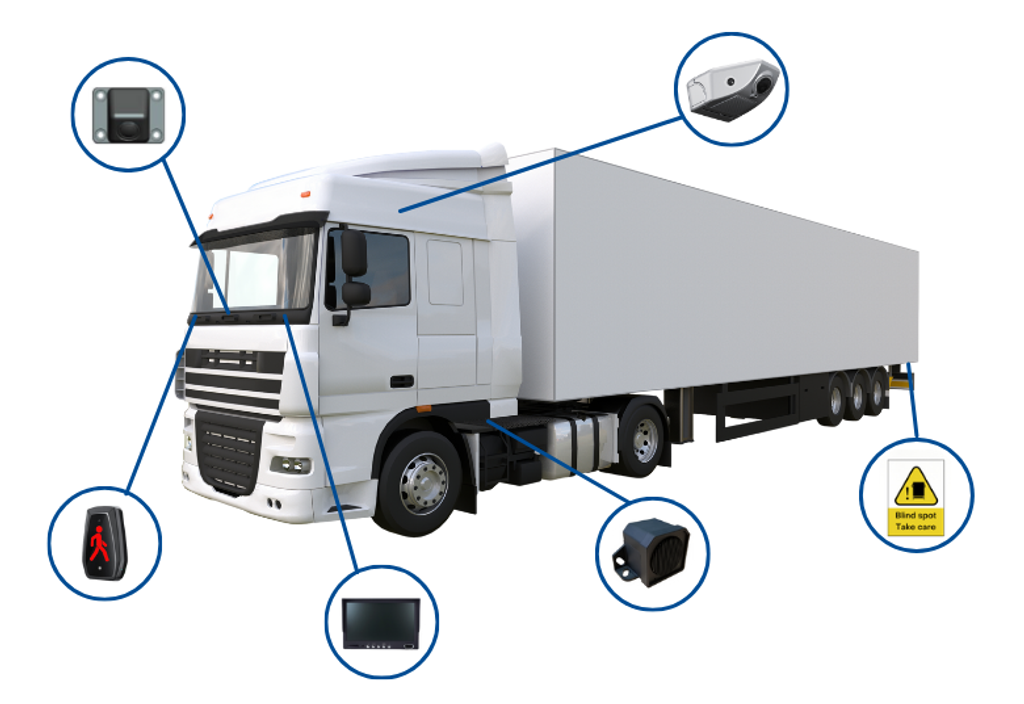
The Progressive Safe System equipment
-
Camera Monitoring System
-
Blind Spot Information System (BSIS)
-
Moving Off Information System (MOIS)
-
In-cab Driver Alert
-
Left Turn Audible Alarm
-
Warning Sinage
Plan for your permit ahead of time
As of the 28th of Otcober 2024, enforcement of the new Direct Vision Standard 'Progressive Safe System' will begin. All HGVs must carry a permit with at least a 3-star rating if travelling within Greater London or fit a Progressive Safe System kit. Get in touch today to ensure your vehicles are HGV permit ready!
